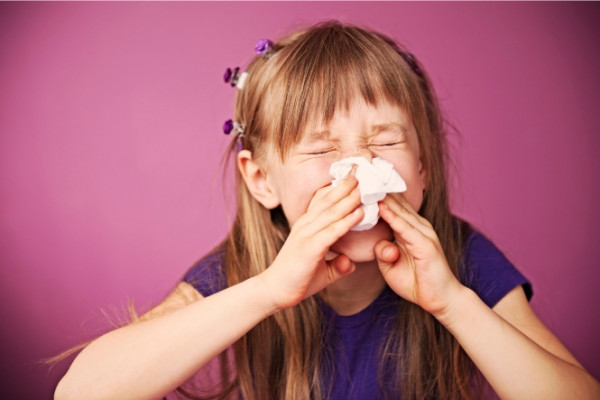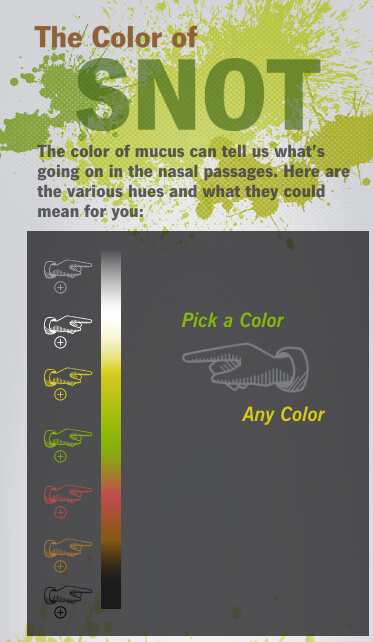Snot is mucus produced in your nose by cells that line the inside surface. This mucus lining traps dust and germs that you breathe in.
Tiny hairs (called cilia) move the mucus down your nasal cavity to where you swallow. When you swallow, the mucus goes into your digestive system (gut) and is broken down.
You usually produce about 1–2 litres of mucus each day, but if your sinuses or other parts of your upper respiratory tract (upper airways) are inflamed, you can produce twice as much. Inflammation of your upper airways can be caused by dust, smoke, pollen, chemicals or infection.
If you have an infection, your body makes extra mucus to trap and get rid of the germs. The extra mucus that isn't swallowed comes out your nose as snot.

Image credit: Canva







